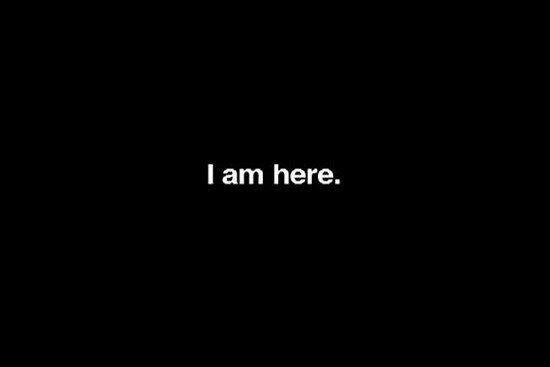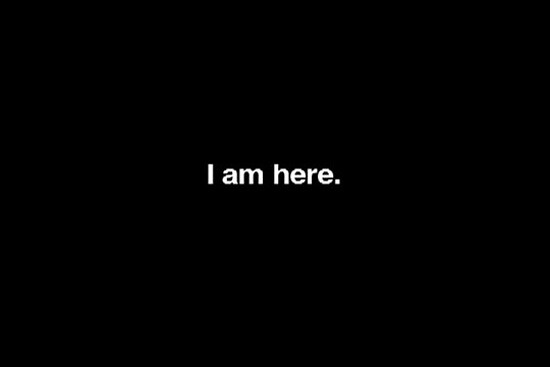

Locations
Where is here? My neck of the woods?
The United States, San Francisco, Oakland, Berkeley, East Bay, Los Angeles, California, New York, Manahatta, Washington Heights, Quisqueya Heights, Akron, Ohio, Durham, North Carolina, Chicago, Illinois, Boston and Cambridge, Massachusetts, Taos, New Mexico, Dallas-Fort Worth, Texas, Belgium, Brussels, Spain, Mallorca, Santanyí, Barcelona, Brazil, São Paulo, Sampa, Jardins, Chácara Flora, Finland, Helsinki, Turku, Åbo, Finnish Archipelago, Utö, Armenia via Geneva. Corbett Street, Nagel Avenue, Campinas, César Chavez, Third St.
My points of reference. Places of traversal, inhabitation, and energy expenditure. Friends, family, colleagues. From countries, a country of citizenship, to cities of residence, to working places, to street names. And living? Residing? This is taking place 24/7. In the car, on the subway, in the train, on planes. And while walking.
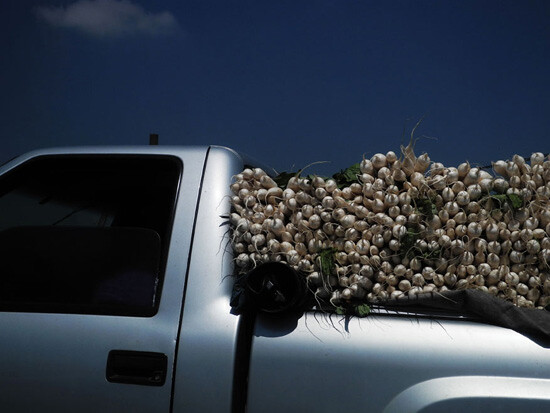

Where do you vote? Do you pay taxes? To whom? What is your stake in any place? Which places can you inhabit? Wherever they may be, are these places only working places, where taxes are extracted? Or are they shelters? Is there such a thing?
I’ve spent the largest number of days this year in California. San Francisco. The mythical bastion of progressives. An anomaly in California because it is a walkable city, however hilly. Upon first glance, some Europeans claim that it more closely resembles Europe than other places in the US. It’s sooooooo beautiful, doesn’t Rome also have seven hills? Imperial San Francisco by Gray Brechin is worth reading for a contrasting account of the idyll. If read carefully, the present seems less surprising, even if many liberal preconceptions shatter. Gold and mining. Two memorable words. Does anyone remember El Dorado?
Brief San Francisco notes following the November 2010 election:
Symbolic Rupture?
A: “What do you think of the Tea Party?”
B: “Let’s REALLY have a tea party. Everywhere. Do you know how much effort is involved in organizing tea parties? I think we all should concentrate on having them. Let’s really do it! Continually.”
*****
One currently running SFMOMA exhibition: “How Wine Became Modern.” ☺
*****
César Chavez, the street I often drive on to cut through the Mission to go to Potrero Hill and Dogpatch, looks the same, still lined with men waiting each day for work, most likely without documents. A new Walgreens drugstore has been built on this street, under a new pastel-colored apartment building. Rote Mexican imagery is painted by non-Mexicans on a wall. I watched these processes every day from the car while waiting at traffic lights.
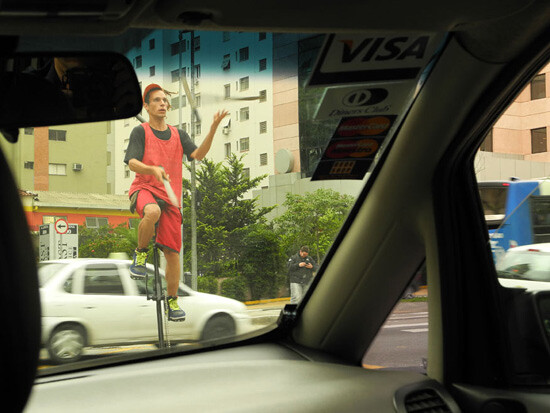

Views
When I returned to the US in 2003 to work and live I came, by invitation, to a university in a town in central coastal California. There were palm trees. From my office I could walk to the Pacific Ocean. But I was often in the car. Driving to teach an evening class at the university I happened upon a radio program that I didn’t want to turn off. I was relieved that it ended just before class began. It was called Hard Knock Radio. In Santa Barbara, a beach town with a large university—part of the University of California system of state universities—I heard voices airing perspectives and sounds about urban experiences and views of the world that encompassed aesthetics, forms of creation, imprisonment, forms of freedom, and penetrating perspectives on daily life as they could be felt by a subway or BART passenger who might be considered a suspect of an unnamed crime—for example, for being a shade of brown. And shot, for example. Repeated encounters and local protests came through the airwaves, reaching me at a location where people were literally surfing. HKR is described as being the listener-sponsored Pacifica radio station KPFA’s hip-hop public affairs program. It was a welcome buoy.
Oakland Local
Recently when searching online for more information on Hard Knock Radio I read in Oakland Local about changes occurring at KPFA involving “labor issues, hostile management, lots of infighting (as usual), layoffs and budget cuts” that threaten continued broadcasting of the program.1 This seems like a general description of what has been increasingly taking place at a number of institutions since the “global financial collapse of 2007” began, at public and private universities, art museums, as well as in publishing. Financial pressure from the boardroom, which can also affect content, is usually hierarchically passed down. I learned that Hard Knock Radio had emerged in 1999 as a response to progressive KPFA’s “diversity issues,” which can be translated to mean that representation on the station was perceived as homogenous and unresponsive to the diversity (economic and historic) of local inhabitants. Interestingly, the timing corresponds with other instances of political agency initiated at that time. Here’s an excerpt:
The Old Guard organized a tired-ass folk concert at Berkeley Community Theatre with the usual suspects and we whorided it with Spearhead and turned that mutha out. It was an amazing show of force and it was our generation of progressives flexing our collective political muscle with the larger progressive community for the first time. When we were done, people like Van Jones and Michael Franti were household names. It was a great moment.
HKR ended up being the only on-air example of a new “KPFA Transformation Plan” that was the result of community meetings involving listeners, paid and unpaid staff and a young, emerging media justice leadership that was part of a parallel emergence of hip hop activism and scholarship. We demanded a prime time slot and 4pm was our target because the existing plan was to re-run the morning broadcast of “Democracy Now.” We got the slot, but it became a daily battle to prove our worth and in the end, I lost the will to continue fighting.2
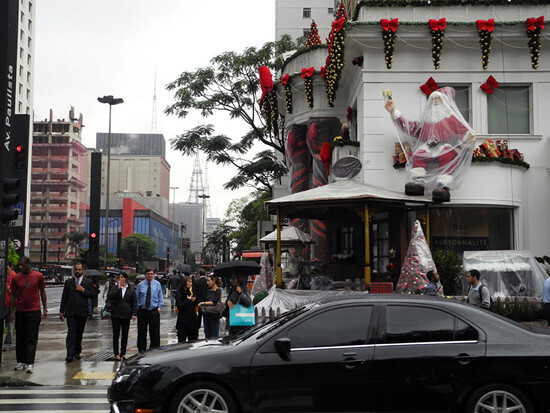

Always Returning: One Version
Again, she tried to live as a US citizen in the US. When she returned in January 2003 to work and live there, she had just left Vienna, where she had worked and lived for five years, commuting to New York to remain legal as a working guest in Austria. She had left, in part, because she was not an Austrian citizen and her prospects had reached their peak, even if she wished otherwise. Jörg Haider had been elected at the end of 1999 and fear of the strength of the far right and its effects on various facets of life, particularly for a foreigner like herself, was still palpable. It was predicted that this state of affairs was going to continue for at least another eight years. She was invited to return to the US, to California, as an artist—a distinguished one, with tenure. The rector in Vienna congratulated her on a brilliant prospect before she’d even agreed to take the position. It seemed to be a fait accompli. An excellent opportunity. He’d go in a minute, he’d said.
2000:
2001:
2002:
2003: In February 2003 massive protests took place in different cities around the world to protest the projected war in Iraq. In March the war began. During the next election year she made a film that included her search to test the pulse of resistance to war locally and elsewhere in the US by focusing on what independent media producers and journalists were doing. Free Agent Media (FAM) and she went to Madison, Wisconsin to attend the Independent Media Conference. She witnessed the recognizable spokespeople of the liberal left and the people they endorsed. Democracy Now, The Nation, and The Progressive were represented. Billy Bragg sang. She collected print material and videotaped. She was approached to share her footage. Enthusiasm was building as a new election would take place in 2004. It was a chance to have a president besides George W. Bush. The name of the film is Here Until October 2004, and it was being made up until the moment when the election results were in. That was a condition of the film. Bush won. Were The Left going to leave the country in massive numbers as some in the university setting of the beach town where she resided threatened? A picture of George W. Bush appeared in the office of the Art Department, without irony. Four more years passed. What happened?
Published in 2004:
Thomas Frank, What’s the Matter with Kansas? (Made into a movie in 2010)
Amy Goodman with David Goodman, The Exception to the Rulers: Exposing Oily Politicians, War Profiteers, and the Media That Love Them (And recently, Breaking the Sound Barrier)
David Barsamian, Louder than Bombs: Interviews from The Progressive Magazine (His online archives have grown to an impressive number, although access isn’t free, but neither are books.)
2005:
2006:
2007:
2008: Barack Obama elected President, Proposition 8 passed
2009: Independent media continued and assumed other forms. I moved to San Francisco for a new job in 2005. I noticed before my arrival that many people were being laid off or deciding to move to Austin, and there was an extreme sense of instability that had been building, despite rhetoric about fast moving trains and identity branding. In 2008 the economic crash hit very hard. By 2009 I’d witnessed at least twenty people removed or laid off and new terms like “furlough”—a military term, which in its civil usage means to not work or be paid for a month or a designated period of time to be determined by the employing institution—became known, as well as the term “financial exigency,” which can be equated with “state of exception,” meaning that contracts have no validity under these circumstances as the life of the institution determines what is necessary to sustain it. Period.
A conservative wind? From my perspective this never subsided. There are of course specificities that can be noted in different places and times, but the foundation linked to excesses of financial capitalism continue, despite shifting obfuscations.
And art? (December 2010)
The Old World custom of hushed consultations in the back rooms of a gallery seems as dated and Jamesian as to be quaint. At fairs like Art Basel Miami Beach, Aby Rosen (the German-born real estate tycoon) suggested, with no excess of modesty, “the three most important worlds in the culture right now—fashion, real estate and art—are pulled together.” … “Art has tremendous asset potential,” said Mr. Rosen. “All the other luxuries depreciate, and art is one thing that has the potential to appreciate.” … “It’s like a private club,” Ms. Becca Cason Thrash (a Texas socialite and art collector) said. “We all collect art. We all love to travel. We all love being together on the circuit. You see your friends and it’s like, ‘Same time, next fair’.”3
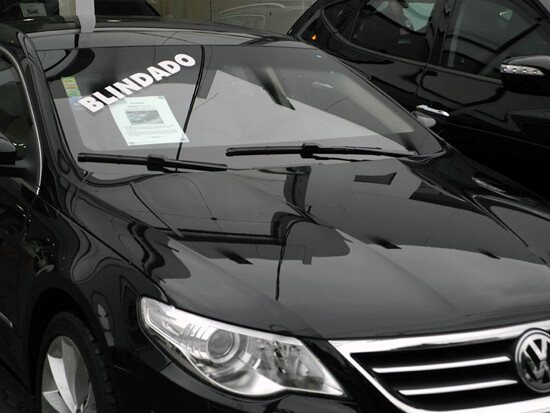

Existence, Films, Life
A recurring question remains: How to live life?
My wish has been to think about a recent passage of time, during which shifts and modified repetitions occur. This has led to thinking about what no longer interests me, as well as what does. Usually film can still rouse and touch me profoundly. Among those made since 2005 I include Rize, Shut Up and Sing, and This is It, as they add tension to reflections on place and the US.
In the Spanish Cinema Now festival in New York, I recently watched También la lluvia (Even the Rain, 2010), directed by Icíar Bollaín and written by Paul Laverty. It was a relief to see an attempt to combine several contemporary situations in a reflective mixture. Set in contemporary Bolivia amidst the 2000 Cochabamba water crisis, the attempt to make an ethical historical feature film about Christopher Columbus encounters various paradoxes. It features Gael García Bernal cast as an intense, idealistic, driven director and Luis Tosar as the pragmatic budget-conscious producer. The recruited extras and actors are a crucial element of a story that resonates powerfully with current battles for access to resources. Watching this film, I felt that it is still possible to creatively and actively engage in presenting complexities of living in an aesthetically compelling form that can spur the conjunction of thinking and action regarding struggles over power, histories, subjectivities, and resources in fresh ways that acknowledge a viewer’s—and Icíar Bollaín’s—kaleidoscopic imbrication in these processes. Questions about how to have an ethical relation to others, to anyone other than oneself, are also raised. How might equitable conditions appear if they are not first imagined?


Enacting examined thought, as Even the Rain demonstrates, is related to a power and agency each individual potentially holds. Once these potentials are recognized, each person can choose to change oppressive conditions that are not natural, but constructed by human forces. It isn’t easy. In the words of Howard Zinn, to whom the film is dedicated, “You do things again and again, and nothing happens … Things take a long time. It requires patience, but not a passive patience—the patience of activism.”4
All images courtesy of the artist and Free Agent Media
Eric Arnold, “Farewell, KPFA: Hard Knock Radio’s Weyland Southon explains why he’s leaving,” Oakland Local, →.
Ibid.
Guy Trebay, “On the Billionaires’ Flyway,” Sunday Styles, The New York Times, December 12, 2010, 1, 8–9.
David Barsamian, “Howard Zinn, July 1997” in Louder than Bombs, Interviews from The Progressive Magazine (Cambridge, MA: South End Press, 2004), 206.
